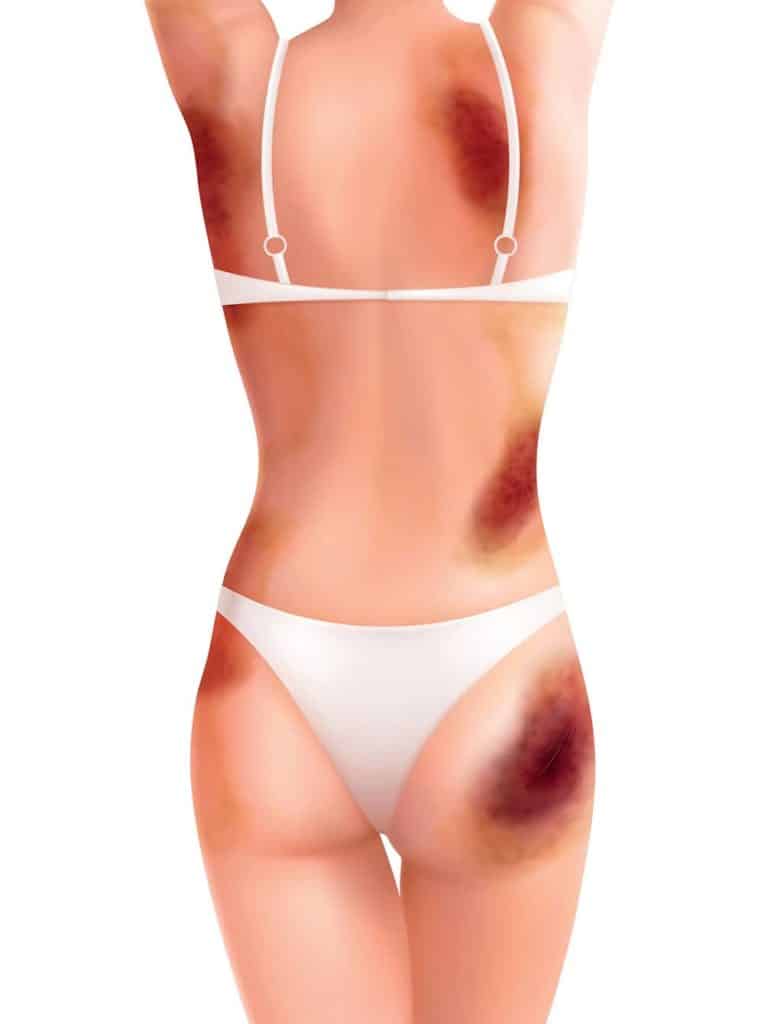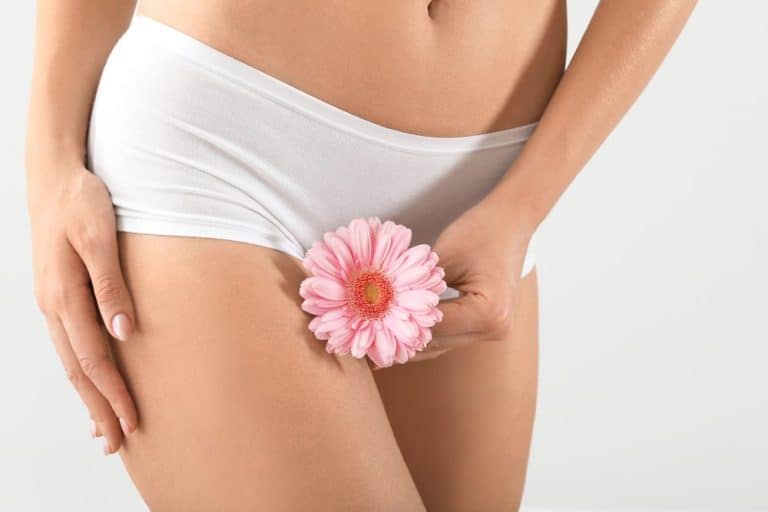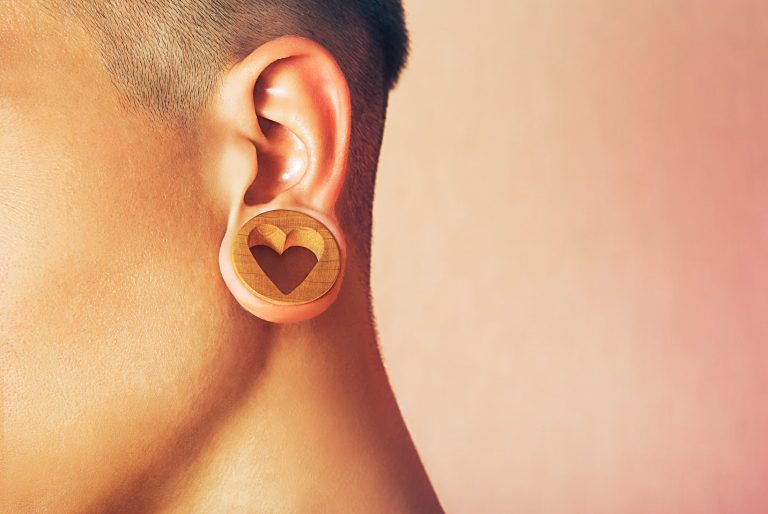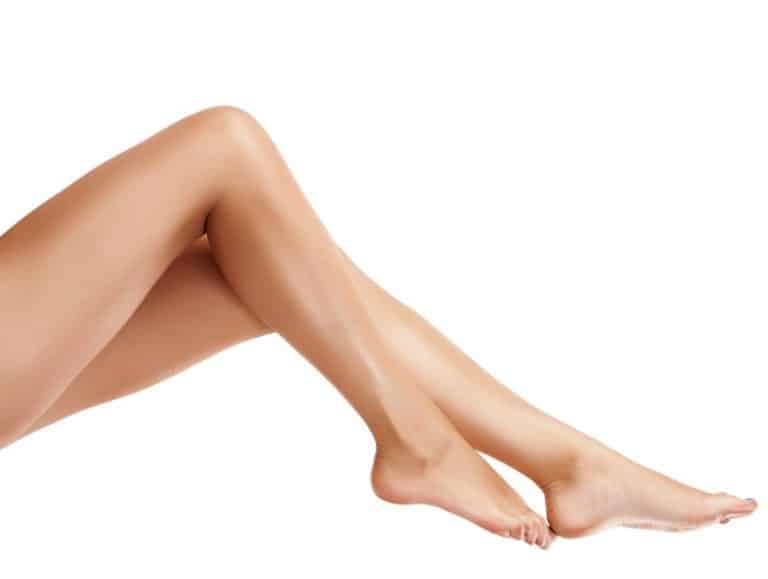Liposuction Healing Stages: Tips for a Smooth Recovery
Liposuction healing stages are crucial for understanding recovery after the cosmetic surgery treatment procedure. Historically, liposuction has evolved since its inception in the late 1970s as a surgical procedure and cosmetic procedure for body contouring, becoming a popular choice in the fat extraction process. Patients often wonder what to expect during their healing journey, especially when considering recovery guidelines for those undergoing liposuction and after liposuction procedures, including weight lifting. Each stage of recovery plays a vital role in achieving optimal results for liposuction patients following the liposuction procedure, including weight lifting. From initial swelling and bruising to the gradual return to normal activities, knowing these recovery guidelines can ease anxiety and set realistic expectations for liposuction wait and weight lifting. This guide will break down each phase of liposuction, providing tips for a smoother recovery after weight lifting. Understanding liposuction healing stages, including recovery guidelines and the impact of weight lifting, empowers patients to take charge of their post-op care and achieve the best possible outcome.
Overview of Liposuction Recovery
Immediate Recovery
Liposuction recovery begins right after the liposuction procedure. Patients may experience swelling and bruising. These effects are typical and can last for several weeks according to recovery guidelines after liposuctionwait. Pain is also common during this time. Many patients describe it as uncomfortable but manageable.
Most individuals return to work within 5 to 7 days, following recovery guidelines after liposuctionwait. This timeframe depends on the extent of the surgery, recovery guidelines, and individual pain tolerance. Those who undergo more extensive procedures may need additional time off according to recovery guidelines.
Long-Term Recovery
Full recovery from liposuction takes about 3 months. During this period, the body gradually heals. Swelling decreases, and the final liposuction results become visible. It’s essential to follow post-operative instructions closely. This includes wearing compression garments as directed.
e patients might notice changes in their body shape sooner than others. Factors such as age, skin elasticity, and overall health can influence healing time.
Factors Influencing Recovery Time
Recovery time can vary significantly based on several factors. The areas treated play a crucial role in how quickly one heals. For instance, liposuction on larger areas like the abdomen may take longer than smaller areas like the chin.
The technique used during the liposuction surgery also affects recovery. Traditional liposuction often requires more downtime compared to newer methods like tumescent or laser-assisted techniques.
Managing Discomfort
Painful liposuction recovery is a reality for some patients. Doctors typically prescribe medications to manage pain effectively. Following these guidelines helps reduce discomfort during the healing process.
Patients should stay hydrated and eat healthy foods to support recovery. Gentle walking can also aid in circulation and speed up healing.
Monitoring Results
Liposuction results improve over time as swelling subsides. It’s important for patients to have realistic expectations about their outcomes. Final results may not appear until several months post-surgery.
Regular follow-up appointments with the surgeon are essential. These visits help monitor progress and address any concerns that arise during recovery.
Initial Recovery Days
Compression Garments
Compression garments play a crucial role in the initial recovery phase after liposuction. These garments are fitted snugly over the treatment areas. They help reduce swelling and support the healing tissues. Wearing them is essential for at least a few weeks post-surgery. The pressure they apply helps prevent fluid accumulation, which can lead to complications.
Patients typically wear these garments continuously for about two weeks. After this period, they may switch to wearing them only during the day. Following the surgeon’s guidelines on garment use is vital for optimal healing.
Discomfort Levels
Moderate discomfort often begins a few hours after surgery. As the anesthetic wears off, patients may feel soreness in the treated areas. This sensation can vary from person to person but is generally manageable with prescribed pain relief medications.
Swelling and bruising might also occur during this time. These symptoms are normal and should gradually improve within the first week. Keeping track of pain levels and reporting any unusual changes to a healthcare provider is important.
Importance of Rest
Rest is critical during the recovery process. Patients should prioritize sleep and relaxation in the days following surgery. Strenuous activities can increase swelling and delay healing.
For at least two weeks, avoiding heavy lifting or vigorous exercise is recommended. Gentle walking can aid circulation but should be limited to short distances. Listening to one’s body is key; if fatigue sets in, it’s best to take a break.
Healing Timeline
The healing process varies among individuals but generally follows a predictable timeline. During the first few days, swelling peaks before it starts to subside. Most patients notice significant improvement within two weeks.
By the end of the first month, many begin to see their final results taking shape. However, complete healing can take several months. Patience is necessary as the body adjusts and settles into its new contours.
Follow-Up Appointments
Regular follow-up appointments with the surgeon are essential during these initial recovery days. These visits allow healthcare providers to monitor progress and address any concerns that arise. Patients should not hesitate to reach out if they experience increased pain or unexpected changes.
First Two Weeks Post-Surgery
Compression Garments
Compression garments play a critical role after a plastic surgery procedure like liposuction. Patients typically wear these garments to support healing and reduce swelling. After 3 to 5 days, surgeons often instruct patients to remove the compression garment for short periods. This allows them to check the cannula incisions for any signs of infection or unusual discharge.
Surgeons recommend monitoring these areas closely. If any issues arise, contacting the surgeon is essential. Proper care of the incisions can prevent complications. It’s vital to follow all post-operative instructions from the cosmetic surgeon.
Gentle Massages
Gentle massages are beneficial during the first two weeks. These massages help move accumulated anesthetic fluid from the surgical sites. They also assist in reducing swelling. Patients should wait at least a few days post-surgery before starting these massages.
Many find that light pressure around the incision areas aids recovery. Always consult with the plastic surgeon before beginning this process. The surgeon may provide specific techniques or recommendations tailored to individual needs.
Light Activities
Light activities are crucial for recovery during this period. Walking is one of the best exercises post-surgery. It promotes blood flow and helps prevent blood clots. Patients should aim for short walks several times a day.
Avoiding strenuous activities is important. Weight lifting and high-impact exercises can strain healing tissues. Following the surgeon’s advice on activity levels will ensure a smoother recovery.
Time Frame
The first two weeks post-surgery are vital for healing. During this time, patients experience various changes as their bodies adjust after major surgery. Swelling peaks within the first week and then gradually decreases.
By the end of two weeks, most patients notice significant improvements in their appearance and comfort level. Regular follow-ups with the surgeon help monitor progress and address any concerns.
Emotional Well-being
Emotional health can fluctuate during recovery. Some may feel anxious about their new appearance or worried about healing properly. It’s important to communicate feelings with friends, family, or medical professionals.
Support groups and forums can also provide valuable insights and encouragement from others who have undergone similar procedures.
Weeks Three to Five
Swelling Reduction
Most swelling and bruising should start to subside during weeks three to five. This is a crucial time for recovery. Patients often notice a significant decrease in discomfort. The body begins adjusting after the initial trauma of surgery.
During this stage, skin may appear smoother as it heals. The fat that was removed will not return, leading to a more contoured shape. However, some residual swelling can still occur. It’s essential to stay patient as the body continues to heal.
Compression Garments
Surgeons typically recommend wearing compression garments during this period. These garments help support the skin and underlying tissues. They also assist in reducing swelling and provide comfort. Wearing them as advised promotes better healing outcomes.
Patients should ensure that the garment fits snugly but is not too tight. Proper fit allows for maximum benefit without causing discomfort or restricting blood flow. Following the surgeon’s instructions on when to wear these garments is vital.

Physical Activity
Gradual increases in physical activity are encouraged at this stage. Light walking can promote circulation and aid healing. It helps reduce the risk of complications, such as blood clots.
Avoiding intense exercises is crucial during this time. High-impact activities can strain the healing areas and lead to setbacks. Patients should listen to their bodies and adjust activities accordingly.
Light stretching or gentle yoga can be beneficial. These activities keep muscles engaged without putting too much pressure on healing areas. Always consult with the surgeon before starting any new exercise routine.
Emotional Well-being
Healing from liposuction isn’t just physical; it’s emotional too. Many patients feel anxious about their progress. It’s normal to have concerns about how their body looks post-surgery.
Support from friends and family can help ease worries. Sharing experiences with others who have undergone similar procedures can be comforting. Joining online forums or support groups may also provide reassurance.
Maintaining a positive mindset is important during recovery. Focusing on small improvements can boost morale and motivation.
Follow-Up Appointments
Follow-up appointments with the surgeon are essential during this phase. These visits allow for monitoring of the healing process. Surgeons can assess any concerns patients might have.
The doctor will check for signs of infection or complications at these visits. They will also evaluate swelling and skin condition. Adjustments to care plans may be made based on individual healing progress.
Six Weeks and Beyond
Resuming Activities
Most patients can return to their normal activities by the six-week mark. This includes resuming exercise routines. Light physical activity is often encouraged. However, intense workouts should still be approached with caution. Patients should listen to their bodies and not push too hard too soon.
Doctors typically recommend gradual increases in activity levels. This helps ensure the body continues to heal properly. Engaging in low-impact exercises, like walking or stretching, is beneficial during this time. These activities promote blood circulation, which aids healing.
Swelling Reduction
Residual swelling may still be present at this stage but should continue to diminish. The body takes time to adjust after liposuction surgery. Some areas may show more swelling than others. This is normal and part of the healing process.
Patients should avoid comparing their progress to others. Each body heals differently based on various factors, including individual health and surgical technique used. Patience is essential as the body continues to recover.
Importance of Follow-Up
Following up with the surgeon remains crucial during this time. Regular check-ups allow the doctor to monitor progress effectively. They can assess healing and address any concerns that arise. Patients should prepare a list of questions for these visits.
Surgeons often provide guidance on what to expect moving forward. They may offer advice on when it’s safe to resume specific activities or exercises. Staying in touch with your healthcare provider ensures a smoother recovery process.
Long-Term Considerations
Long-term results from liposuction depend on many factors. Maintaining a healthy lifestyle plays a significant role in preserving results. A balanced diet and regular exercise are vital for overall health.
Patients should also be aware of potential weight fluctuations after surgery. Gaining weight can affect the results achieved through liposuction. Staying committed to a healthy routine will help maintain desired outcomes.
Essential Recovery Tips
Compression Garments
Wearing compression garments is crucial during the first 72 hours after liposuction. These garments support proper healing by reducing swelling and improving blood circulation. They help the skin adhere to the new contours of the body. Without them, recovery may be slower and less effective.
It’s important to put on these garments right after surgery. They should fit snugly but not be too tight. This balance ensures comfort while still providing the necessary support. Patients should wear these garments as directed by their surgeon for optimal results.
Icing and Medication
Icing the treated areas can significantly reduce discomfort. Applying ice packs for 15-20 minutes every few hours helps manage swelling and pain. This method is particularly effective in the first few days post-surgery.
Taking anti-inflammatory medications also aids in this process. Over-the-counter options like ibuprofen can help alleviate pain and minimize inflammation. Always follow your doctor’s advice regarding medication use after surgery.
Lymphatic Massage
After one week, patients can consider lymphatic massage to further assist with recovery. This gentle technique promotes fluid drainage from swollen areas, enhancing natural healing processes. It can lead to a smoother recovery experience.
Lymphatic massage should be performed by a trained professional. Not all massages are suitable post-surgery; therefore, it’s essential to seek specialized care. This treatment can improve comfort and accelerate healing.
Rest and Activity
Rest is vital for a successful recovery. Patients should prioritize sleep and avoid strenuous activities for at least two weeks. Light walking can be beneficial, but heavy lifting or intense workouts should wait until cleared by a doctor.
Listening to your body is key during this time. If discomfort increases after activity, it may be a sign to rest more. Balancing activity with adequate rest promotes better healing outcomes.
Follow-Up Appointments
Attending follow-up appointments is essential for monitoring recovery progress. Surgeons assess healing and address any concerns during these visits. They provide personalized advice tailored to individual needs.
Patients should communicate openly about their experiences during recovery. Sharing any issues or discomfort helps doctors provide appropriate guidance and modifications to care plans.
Potential Complications
Common Concerns
Complications can arise after liposuction. Common issues include bruising, swelling, and discomfort. Bruising happens in almost all cases. It usually resolves within a few weeks. Swelling may last longer, affecting the final results. Discomfort is normal but should be manageable with pain relief.
Skin irregularities can also occur. These may present as lumps or uneven skin texture. In some cases, patients notice changes in skin color. Most of these issues improve over time. However, they can be frustrating and concerning for patients.
Severe Risks
More severe complications are rare but possible. Skin necrosis is one such risk. This condition occurs when skin tissue dies due to lack of blood flow. It can lead to significant healing problems. Infection is another serious concern. Signs of infection include fever and increased redness around the incision site.
Patients must monitor their recovery closely. Early detection of these symptoms is crucial for effective treatment. Seeking immediate medical attention can prevent worsening conditions.
Choosing a Surgeon
Selecting an experienced surgeon is vital for minimizing risks. A qualified professional understands the procedure’s complexities. They can identify potential complications before they become serious issues. Researching their credentials and experience is essential.
Consulting with previous patients can provide insight into their skills and outcomes. An experienced surgeon will discuss all potential risks during consultations. They should explain how to manage discomfort and care for the surgical areas post-procedure.
Recovery Activities
Certain activities are restricted during recovery. Patients should avoid intense physical activities for several weeks. Returning to work depends on the individual’s job and recovery progress. Light activities may resume sooner, but caution is necessary.
Avoiding strenuous exercise helps reduce swelling and bruising. Following the surgeon’s guidelines ensures a smoother healing process.
When to Contact a Doctor
Severe Pain
A person should contact a doctor if they experience severe pain after liposuction. While some discomfort is normal, intense pain can signal a problem. Pain that does not improve with medication may indicate complications.
Seek immediate medical attention if the pain worsens over time. Ignoring this symptom can lead to serious issues. The body needs time to heal, but certain signs require prompt action.
Excessive Swelling
Excessive swelling is another reason to reach out to your healthcare provider. Some swelling occurs naturally after surgery. However, if it becomes extreme or does not subside, it could point to a complication.
Monitor the swollen areas closely. If swelling is accompanied by redness or warmth, contact a doctor right away. These symptoms may suggest an infection or other issues that need addressing.
Signs of Infection
Signs of infection include fever, chills, and unusual discharge from the incision site. If these symptoms arise, seek medical care immediately. An untreated infection can lead to serious health risks.
Persistent bleeding also warrants a call to your doctor. Minor bleeding can happen post-surgery, but ongoing bleeding is concerning. It’s essential to keep your healthcare provider informed about any changes in your condition.
Importance of Communication
Staying in close contact with your surgeon is crucial during the healing process. Schedule follow-up appointments as directed and discuss any concerns you have. Open communication helps ensure a smoother recovery.
If something feels off, don’t hesitate to reach out for advice. Your doctor understands the healing stages and can provide guidance on what’s normal or not.
Emotional Support
Healing after liposuction isn’t just physical; it’s emotional too. Patients often feel anxious about their recovery progress. It’s important to talk about these feelings with someone who understands.
Support from friends, family, or even support groups can help ease anxiety. Sharing experiences with others who have undergone similar procedures creates a sense of community.
Summary
Liposuction recovery is a journey with distinct stages. You’ve learned about the initial days, the first two weeks, and what to expect beyond that. Essential recovery tips help ease your path, while being aware of potential complications keeps you proactive. Knowing when to contact a doctor can safeguard your health.
Understanding these healing stages empowers you to manage your recovery effectively. Stay informed and attentive to your body’s signals. This knowledge not only enhances your experience but also boosts your confidence in the process. Ready to take the next step? Connect with a qualified professional today to discuss your options and set yourself up for a successful recovery.
Frequently Asked Questions
What are the main stages of liposuction healing?
Liposuction healing generally includes initial recovery days, the first two weeks post-surgery, weeks three to five, and six weeks and beyond. Each stage has unique changes in swelling, bruising, and activity levels.
How long does it take to recover from liposuction?
Most patients can expect a significant recovery within six weeks. Full results may take several months as swelling subsides and tissues heal completely.
What should I expect in the first week after surgery?
In the first week, you’ll experience swelling, bruising, and discomfort. Rest is crucial during this time. Follow your surgeon’s instructions for pain management and mobility.
Are there any essential tips for a smooth recovery?
Stay hydrated, follow a balanced diet, wear compression garments as advised, and avoid strenuous activities. Regular follow-ups with your surgeon are also important for monitoring progress.
What complications should I be aware of?
Potential complications include infection, excessive bleeding, or uneven results. Always report unusual symptoms like severe pain or fever to your doctor immediately.
When should I contact my doctor after liposuction?
Contact your doctor if you experience persistent pain, signs of infection (fever, redness), or any unusual symptoms. Prompt communication ensures timely intervention if needed.
Can I resume exercise after liposuction?
Light activities can typically resume after two weeks, but avoid intense workouts for at least six weeks. Always consult your surgeon before starting any exercise regimen.




